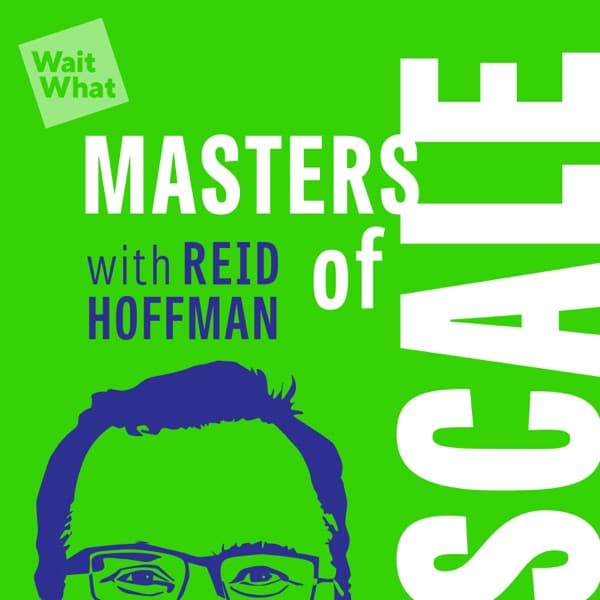Anthropic: Claude Code is a coding tool that integrates with your terminal to assist in code analysis, modification, testing, and deployment.
The Twenty Minute VC (20VC): Venture Capital | Startup Funding | The Pitch: The discussion focuses on the future of AI chips and inference, highlighting the role of companies like NVIDIA, AMD, and Google in shaping the landscape.
Anthropic - Introducing Claude Code
Claude Code is introduced as a new agentic coding tool designed to work directly within a terminal, allowing users to interact with their codebase more efficiently. The tool is demonstrated using a Next.js app, where it accesses the entire repository to analyze and understand the codebase. Claude Code autonomously identifies files that need updates and suggests changes, such as replacing a sidebar with a chat history and adding a new chat button. It also assists in updating the navigation bar and logic to ensure functionality.
The tool further supports the development process by running tests to verify new features and fixing any build errors encountered during compilation. Claude Code can automate the process of committing changes and pushing them to GitHub, providing a summary and description of the changes made. This tool aims to streamline coding tasks, making it easier for developers to manage and enhance their projects.
Key Points:
- Claude Code integrates with your terminal for seamless coding assistance.
- It can autonomously analyze and modify codebases, identifying necessary updates.
- The tool supports testing and debugging by running tests and fixing build errors.
- Claude Code automates the commit and push process to GitHub, summarizing changes.
- It enhances productivity by simplifying complex coding tasks.
Details:
1. 👋 Meet the Team and Introduction to Claude Code
- Boris is an engineer, indicating a focus on developing and improving the technical aspects of the product.
- Cat is a product manager, responsible for overseeing product development, ensuring alignment with user needs and strategic goals.
- The team is highly interested in user creations with Claude, especially in the area of coding, demonstrating a commitment to fostering a community-driven approach and supporting developers in their projects.
2. 🚀 Launching Claude Code Research Preview
- Claude is being enhanced to improve coding capabilities, indicating a strong focus on development in this area.
- New tools have been developed, with one being shared publicly today, demonstrating a commitment to transparency and community engagement.
- Claude Code is introduced as a research preview, focusing on gathering user feedback to iteratively refine and enhance the product.
- The launch signifies a strategic move to improve user experience by actively involving users in the feedback process.
- The introduction of these tools aims to foster innovation and tailor the product to better meet user needs.
3. 💻 Claude Code in Action: Setup and Initial Exploration
- Claude Code is an agentic coding tool that lets you work with Claude directly in your terminal.
- The demonstration involves a Next.js app project, showcasing Claude Code's capabilities.
- During the setup, users are guided through installing Claude Code and integrating it with their existing projects.
- The initial exploration highlights key features like real-time collaboration, AI-assisted coding suggestions, and project management within the terminal.
4. 🔍 Understanding the Codebase with Claude
- Claude Code has comprehensive access to all files in the repository, facilitating a detailed and structured analysis.
- The codebase is for an app centered around real-time communication with a customer support agent, highlighting its focus on seamless user interaction.
- Claude initiates its analysis by examining higher-level files, then methodically progresses to detailed components, ensuring a holistic understanding of the codebase.
- The strategic approach adopted by Claude involves identifying core functionalities related to customer engagement and support, which could lead to improved user satisfaction and operational efficiency.
5. 🛠️ Modifying and Testing Features with Claude
- Claude automatically identifies the correct files for updates, enhancing efficiency by eliminating the need for manual specification of files or paths.
- The AI transparently shares its thought process, enabling users to follow its decision-making steps and enhance understanding.
- User approval is necessary for implementing changes, maintaining user control and oversight over the modifications.
- The navigation bar is updated by Claude to include a new chat button and icons, improving user interface functionality and accessibility.
- Logic updates ensure the saving state is correctly functioning, demonstrating a focus on maintaining feature stability and reliability.
- Tasks are completed swiftly, highlighting Claude's capability to efficiently handle feature modifications in a short time frame.
6. 🔧 Debugging and Building the App with Claude
- Implemented a new chat button and chat history section, ensuring users can start new chats while preserving previous ones.
- Conducted comprehensive tests for new features using Claude, verifying functionality and robustness.
- Claude enabled test execution by obtaining necessary permissions, ensuring all new features passed validation tests.
- Initiated the app compilation to proactively detect and address build errors, enhancing app stability.
- Claude identified specific build errors and iteratively fixed them, ensuring successful app compilation.
7. 📤 Committing Changes and Conclusion
- Claude automates the process of committing changes and pushing them to GitHub, enhancing efficiency and reducing manual effort.
- The tool generates a summary and description of changes, facilitating better documentation and version control.
- This example showcases the capabilities of Claude Code, encouraging developers to leverage it for their projects.
- The anticipation for user adoption suggests potential for widespread impact and utility in coding practices.
The Twenty Minute VC (20VC): Venture Capital | Startup Funding | The Pitch - 20VC: Why Google Will Win the AI Arms Race & OpenAI Will Not | NVIDIA vs AMD: Who Wins and Why | The Future of Inference vs Training | The Economics of Compute & Why To Win You Must Have Product, Data & Compute with Steeve Morin @ ZML

The conversation delves into the intricacies of AI chip development and the future of inference. Steve Morin, founder of ZML, discusses how ZML's inference engine optimizes performance across various chips, emphasizing the importance of owning compute resources for efficiency. The discussion highlights NVIDIA's dominance due to its CUDA and PyTorch integration, but also points out the potential for AMD and other companies to disrupt the market with more efficient solutions. The conversation also touches on the challenges of inference in production, the need for efficient autoscaling, and the potential for new chip architectures to change the landscape. The importance of reasoning and agents in AI development is emphasized, suggesting a shift from throughput to latency-bound processing. The discussion concludes with insights into the competitive landscape, the role of data centers, and the potential for new players to emerge in the AI chip market.
Key Points:
- ZML's inference engine enhances performance across different chips without compromise.
- NVIDIA's dominance is challenged by potential efficiency gains from AMD and other companies.
- Inference in production requires efficient autoscaling and cost management.
- New chip architectures focusing on reasoning and agents could shift processing priorities.
- The competitive landscape is evolving, with potential for new players to disrupt the market.
Details:
1. 💡 Nvidia's Strategy and Compute Ownership
- Nvidia effectively generates interest in its proprietary technologies like CUDA, spotlighting its ability to shape market perceptions and priorities.
- Despite the success of technologies like OpenAI, ownership and control over the compute resources remain crucial differentiators in the AI and tech industry.
- Nvidia's strategy involves promoting its ecosystem to create dependency on its hardware and software solutions, thus consolidating its market position.
- By controlling the compute layer, Nvidia not only ensures revenue growth but also influences the direction of AI development and deployment.
- An example of Nvidia's influence is its role in establishing CUDA as a standard in parallel computing, which has become integral for AI and machine learning applications.
2. 🔮 Future Trends in Inference and Training
- Owning compute resources is crucial; lacking this is a significant disadvantage, as it directly impacts the ability to scale AI operations effectively.
- In the next five years, the ratio of inference to training is projected to be 95% to 5%, indicating a massive shift towards deploying AI models in real-world applications rather than just developing them.
- This shift highlights the growing demand for efficient and scalable inference solutions, making it essential for organizations to invest in robust infrastructure.
- Examples of this trend include the increasing adoption of edge computing and specialized hardware designed for inference tasks.
- Organizations that fail to adapt to these trends risk falling behind competitively, especially as AI continues to integrate deeply into business operations.
3. 🧠 Chip Giants: Google, AMD, and Nvidia
- Google possesses a comprehensive ecosystem that includes products like Android and Google Docs, indicating their capability to integrate and leverage data and compute resources effectively.
- Google is described as a 'sleeping giant' due to its widespread impact and potential in the tech industry.
- The discussion highlights the strategic importance of having integrated products, data, and computing power, which Google exemplifies.
4. 🎙 Meet Steve Morin and ZML's Vision
- Steve Morin is the founder of ZML, a company that has developed a next-generation inference engine aimed at achieving peak performance on a diverse range of chips.
- The episode is packed with valuable insights and detailed information, prompting listeners to take notes.
- ZML's technology focuses on enhancing efficiency and performance in chip capabilities, possibly transforming how inference engines are integrated into technology.
- The discussion highlights ZML's strategic goals, which may include expanding their technology's applicability and optimizing performance metrics for broader industry adoption.
5. 🔧 Startup Tools: Coda, PLEO, and Roam
- Coda, initially a simple idea, has evolved into a tool leveraged by 50,000 teams globally over five years, showcasing its wide acceptance and utility.
- 20VC saves significant time by using Coda for content planning and episode preparation, eliminating the need for multiple tools.
- Coda combines the flexibility of documents, the structure of spreadsheets, and the power of applications, enhanced with AI for increased efficiency, making it a versatile startup tool.
- Startups can experience Coda with a special offer of six free months on the team plan, available at coda.io/20VC.
- Testimonials highlight Coda's ability to streamline operations, with users reporting reduced tool complexity and improved team collaboration.
6. 💳 Streamlining Expenses with PLEO
- PLEO offers smart company cards (physical, virtual, and vendor-specific) allowing team purchases while maintaining financial control.
- Expense reports are automated, invoices are processed seamlessly, and reimbursements managed effortlessly, all within PLEO's platform.
- Integrations with Xero, QuickBooks, and NetSuite enable PLEO to fit smoothly into existing company workflows.
- Over 37,000 companies are using PLEO to streamline their financial processes, providing full visibility over every entity, payment, and subscription.
- PLEO's platform is user-friendly, saving time and reducing the hassle of traditional expense management.
7. 🚀 ZML's Impact on AI Compute Efficiency
- ZML is an NML framework that operates on any models across various hardware platforms, including NVIDIA, AMD, and TPU, without compromising performance.
- The framework focuses on enhancing model execution to be better, faster, and more reliable, irrespective of the compute infrastructure used.
- ZML positions itself at the infrastructure layer, providing flexibility and efficiency in running AI models.
- The framework enables seamless integration with existing systems, reducing dependency on specific hardware, which can lead to cost savings and increased operational efficiency.
- Compared to other frameworks, ZML offers superior adaptability, allowing for efficient scaling and deployment in diverse environments.
- ZML has been particularly effective in scenarios requiring rapid model deployment and execution, leading to significant time reductions in AI project lifecycles.
8. 🤖 AI Infrastructure: Innovations and Challenges
- The future of AI infrastructure involves using multiple models and hardware providers simultaneously, rather than relying on a single model or provider, which enhances flexibility and efficiency.
- Current AI models are not standalone; they function as backends, with multiple models working together to produce responses, such as switching to a diffusion model for image generation.
- The trend is moving away from running models with specific weights to utilizing full-blown backend systems or APIs, which may run locally or in cloud environments, providing scalability benefits.
- This approach allows for flexibility and can lead to potentially an order of magnitude more efficiency by leveraging different hardware providers concurrently.
- Challenges in AI infrastructure include scalability issues, managing costs, and integrating diverse systems efficiently. These need strategic planning to ensure seamless operation.
9. 🎧 Reflections and Future Prospects
9.1. Hardware Efficiency and Market Dynamics
9.2. Inference and Training Dynamics
9.3. Technological Innovations and Future Trends
9.4. Market Competition and Strategic Insights
9.5. Business Strategy and Economic Considerations
Included Channels
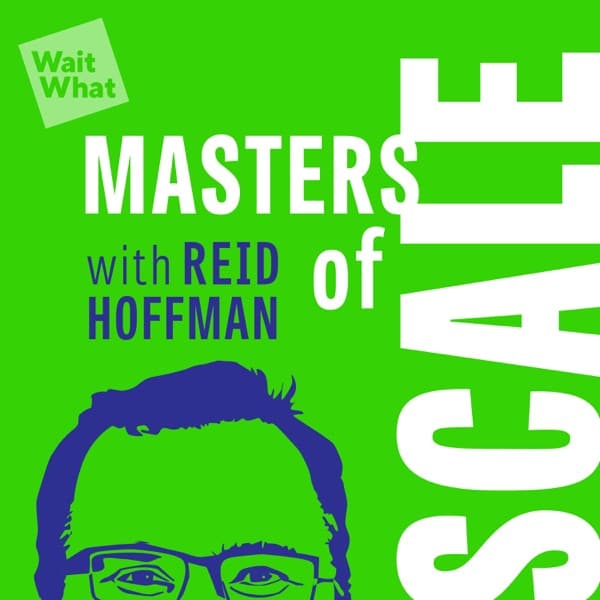 Masters of Scale
Masters of Scale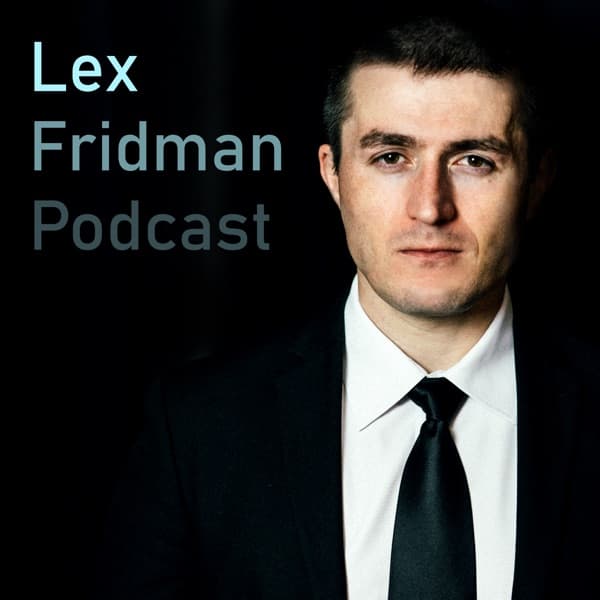 Lex Fridman Podcast
Lex Fridman Podcast All-In with Chamath, Jason, Sacks & Friedberg
All-In with Chamath, Jason, Sacks & Friedberg Modern Wisdom
Modern Wisdom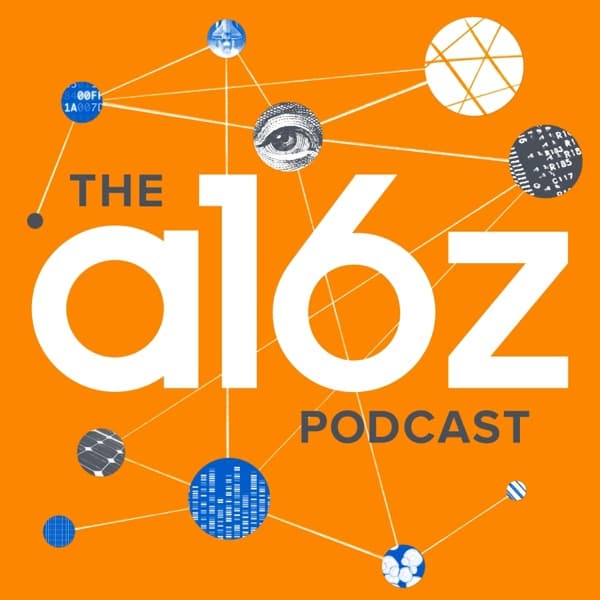 a16z Podcast
a16z Podcast Lenny's Podcast: Product | Growth | Career
Lenny's Podcast: Product | Growth | Career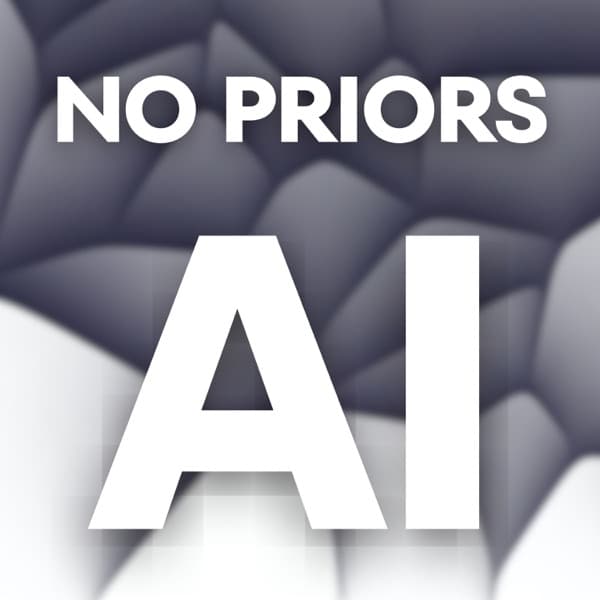 No Priors AI
No Priors AI The Twenty Minute VC (20VC): Venture Capital | Startup Funding | The Pitch
The Twenty Minute VC (20VC): Venture Capital | Startup Funding | The Pitch How I Built This with Guy Raz
How I Built This with Guy Raz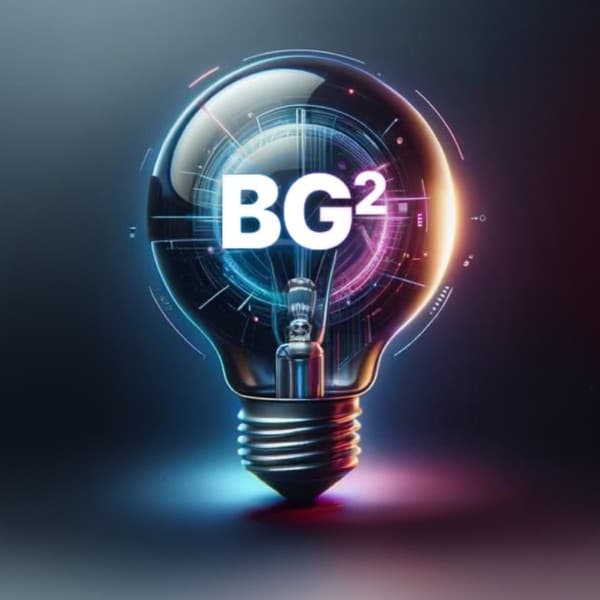 BG2Pod with Brad Gerstner and Bill Gurley
BG2Pod with Brad Gerstner and Bill Gurley TechCrunch Startup News
TechCrunch Startup News Y Combinator Startup Podcast
Y Combinator Startup Podcast



